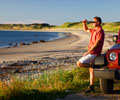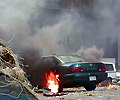Caribbean Islands were named after Native American tribe of Carib (Caraïbes) Indians that inhabited southeastern islands in the chain. Caribbean archipelago is known by a variety of names. The earliest name is West Indies gave in error by Christopher Columbus when he arrived to the region in 1492. He assumed that the islands were near the coast of India. West Indies today contain not only Caribbean Islands, but also Bahamas, Turks and Caicos and located farther north Bermuda. Spain and France on the other hand called their colonized islands the Antilles, named after the mythological Atlantic island of Antilla. The part of Caribbean called the Lesser Antilles was further divided into the Windward Islands and Leeward Islands, names referring to the position of the islands relative to the trade winds that blow steadily from the northeast.
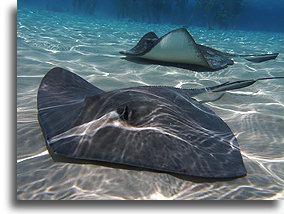
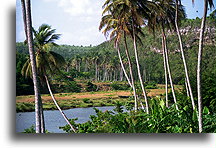
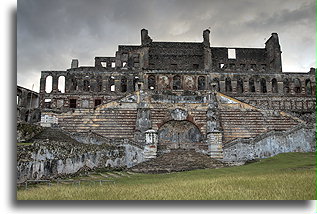
Caribbean comprises two main island chains. The Greater Antilles (the islands of Cuba, Hispaniola [Haiti and the Dominican Republic], Jamaica, Cayman Islands and Puerto Rico) lie in the west, the Lesser Antilles (Virgin Islands, Dominica, Martinique, St. Lucia, Barbados and other islands) lie in the east.
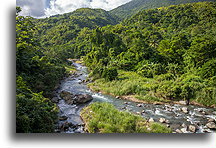
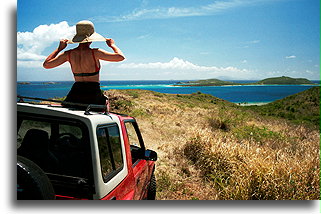
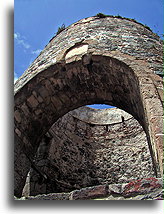
Geologically, the mountainous islands in the west (the Greater Antilles and most of the Virgin Islands) are the summits of a mountain range associated with the Central and South American mountain system. The inner chain of the Lesser Antilles is part of a submerged volcanic belt and consists mainly of volcanic cones, many of which are still active. The outer chain of islands consists mainly of coral and uplifted limestone.
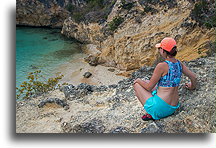
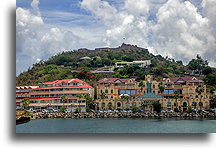
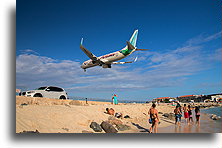
When Christopher Columbus set off on his first voyage, sailing what he called the Ocean Sea, he expected to reach Japan and China. He took with him Arabic and Hebrew interpreters, because he expected that in the new lands, he would meet people who would understand these languages. Instead of the civilization of the East, he met the peoples of the Caribbean. The Taino had no clothes, no writing, no cities, no civilization. To the Europeans they were so primitive that the question arose whether they were humans or not.
“ The first settlement of Castilians was on Haiti. The natives here - estimated at about a million - were childlike, unresisting Arawaks (Taino). They were soon wiped off the earth. They were made to work as slaves in the mines until they died of starvation and excessive toil. They were massacred wholesale with appropriate treachery, were hunted down as if they were rabbits, were decimated by imported diseases, or beaten to death for not attending Mass.”
Frederick Traves, 1908.
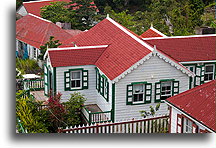
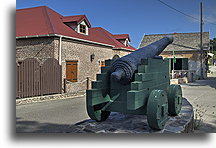
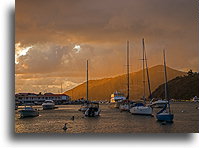
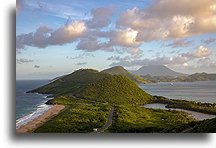
For Columbus, the natives, whom he called "Indians," were a potential source of income. In his memorandum, he described them as enslaved by nature, people who had to be sold to raise money to conquer new lands. Columbus actually sent thousands of peaceful Taino from the island of Hispaniola to Spain to be sold. Those who remained on the island were forced to work in gold mines and on plantations. Columbus ordered a brutal crackdown of any unrest. Natives who were forcibly baptized were brutally punished for not attending Sunday mass. In the 40 years after Columbus' first voyage, only a few hundred of perhaps 250,000 Taino were still alive. It was simply a genocide.
Spanish settlements called reductions were an important part of the colonization of the Caribbean. Native people of different tribes were forcibly assigned to settlements where the natives lived and worked together. Indian villages were destroyed. The concentration of the Indian population made it easier for the Spanish to use Indian slave labor. It also aimed to break down ethnic ties and promote Christianity. On the other hand, the reductions facilitated the spread of European diseases, which caused the rapid decline of the native population.
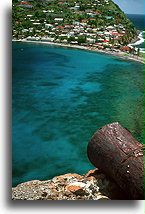
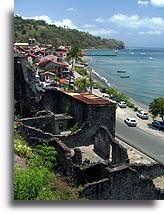

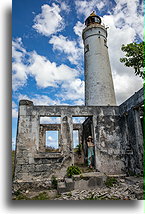
The Spanish (more precisely, the Castilians, because Queen Isabella I of Castile sponsored Christopher Columbus' expeditions) brought to the Caribbean not only their language, but also their institutions and began to build cities modeled on European ones. The Castilians could not adapt to the local food. They brought pigs, cows, which destroyed the local ecosystems. The islands became Spanish and ceased to be native. The Caribbean became a base to carry attacks on the American continent. Without the Spanish settlements in Hispaniola and Cuba, it would not have been possible to conquer Mexico and Central America.
islands not bordering the Caribbean Sea
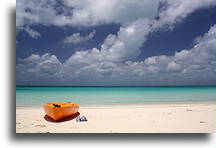
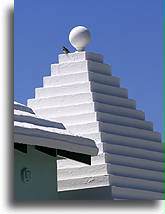
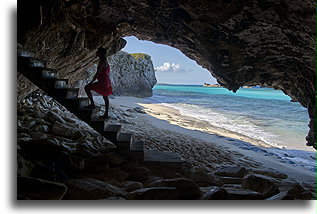
Sugar production had a huge impact on the culture of the Caribbean and neighboring islands. The original inhabitants, the Caribs and Taino Indians, were not suited to the hard work on the plantations. They were quickly wiped out. New slaves from Africa were needed.
On a typical slave ship from Africa, two pairs of chained Africans were chained together.
“ they laid in two rows one above the other, (…) like books upon the shelf. (…) so that as little space as possible be lost. (…) and every morning (…) instances are found of the living and the dead (…) fastened together.”
Captain John Newton, slave trader, mid. 18th century
Doctors who tried to administer medicine on slave ships had difficulty.
“ because of great heat that is there continually, which is sometimes so excessive that the surgeon would faint away, and the candles would not burn.”
James Barbot, slave trader, early 18th century


